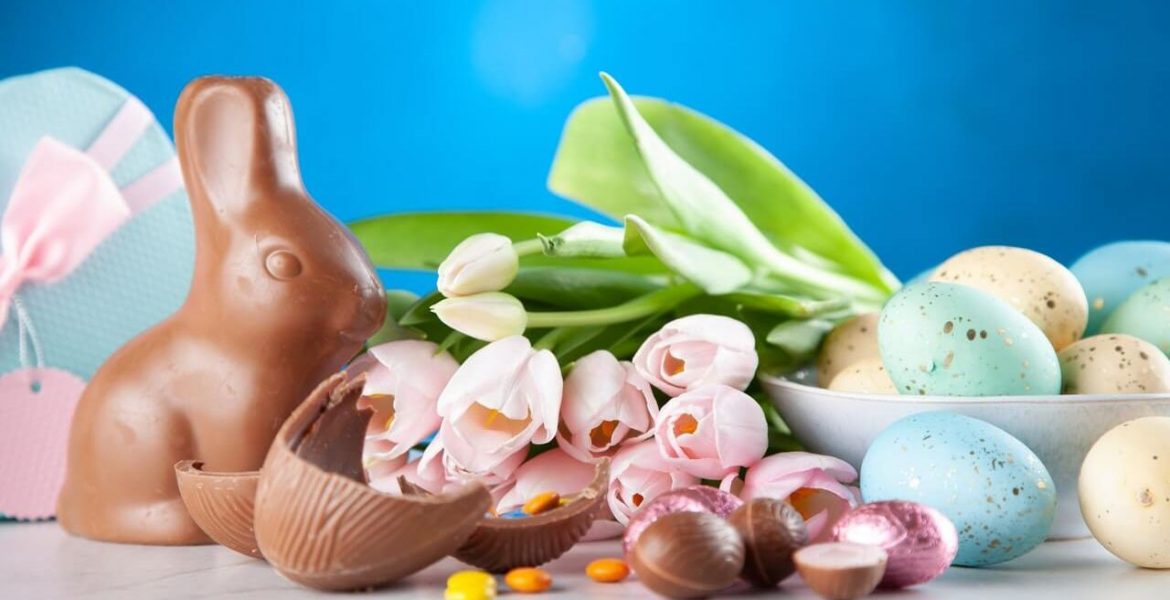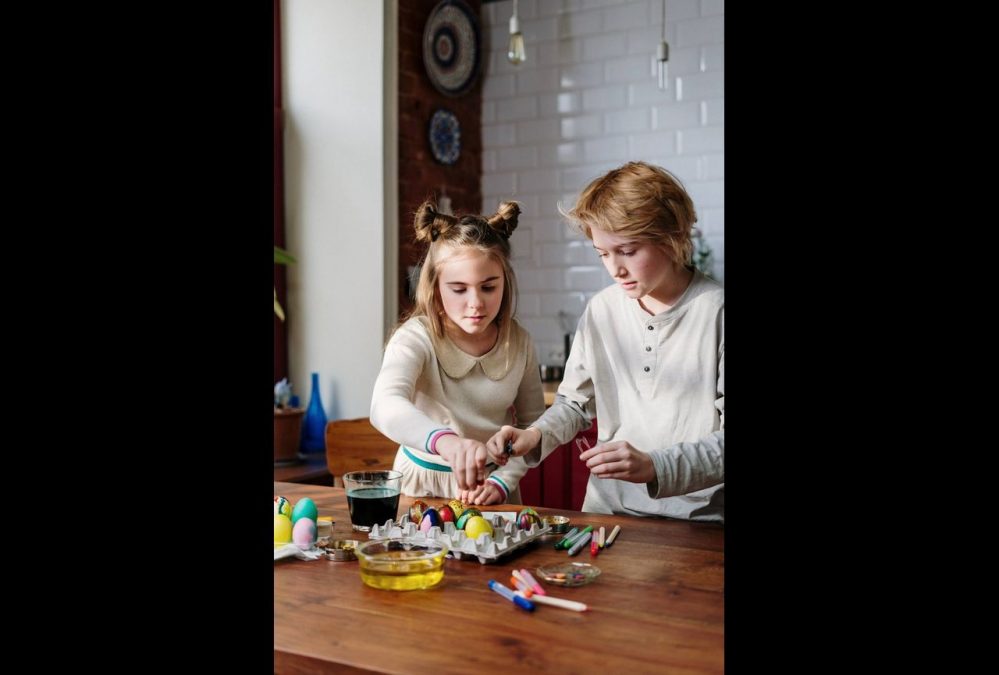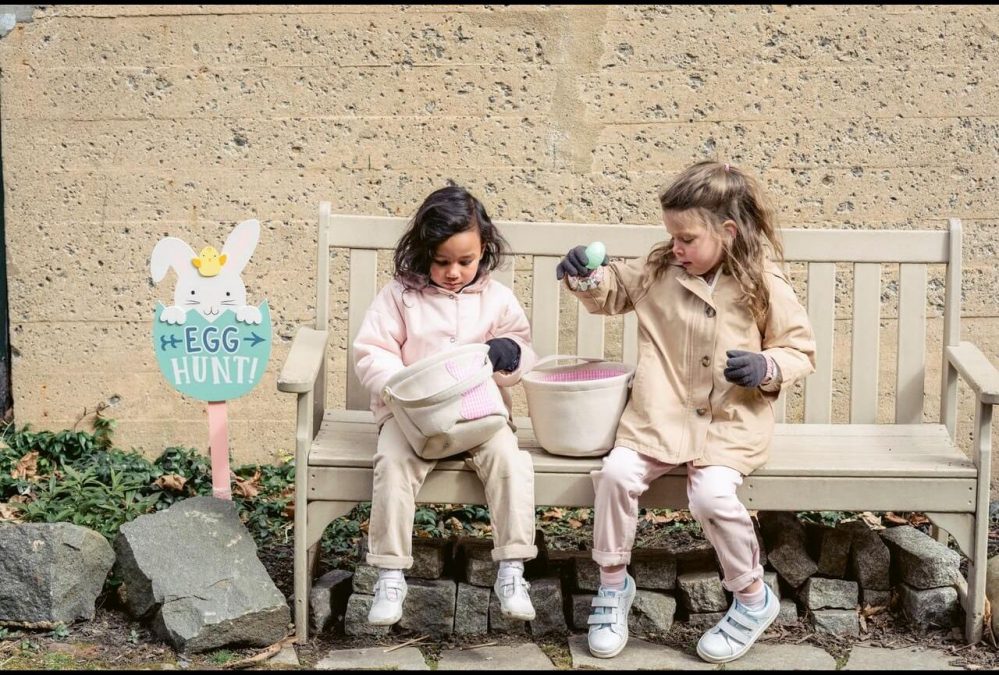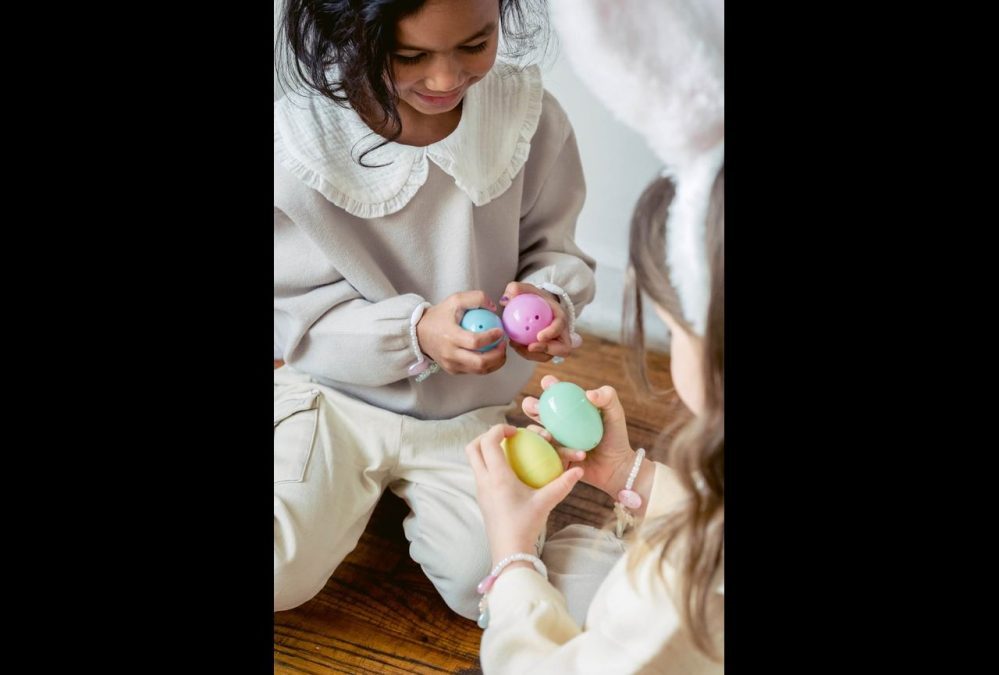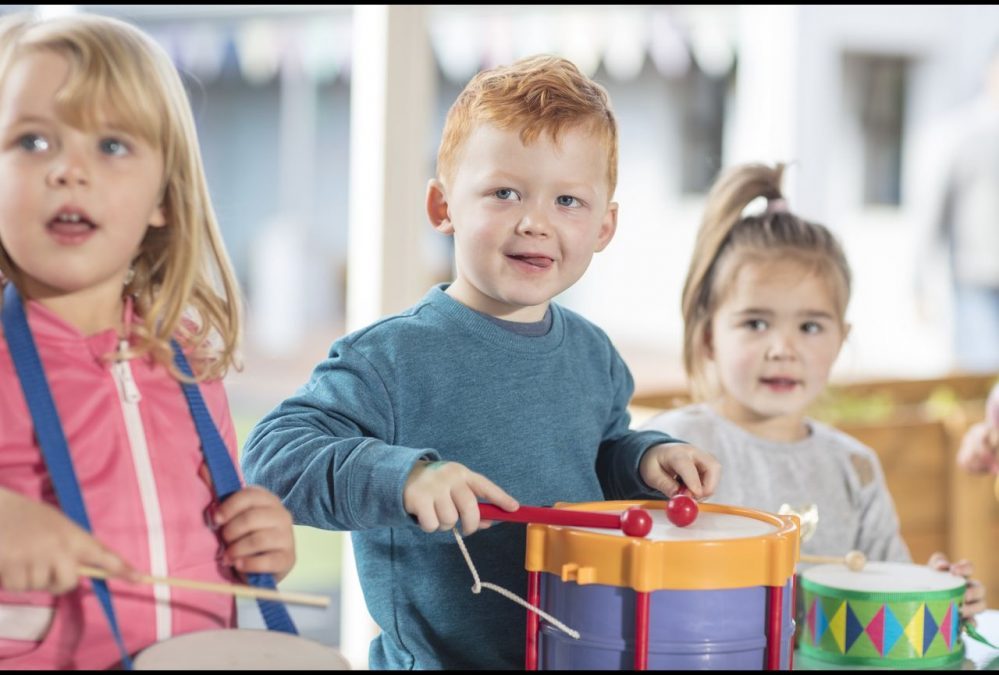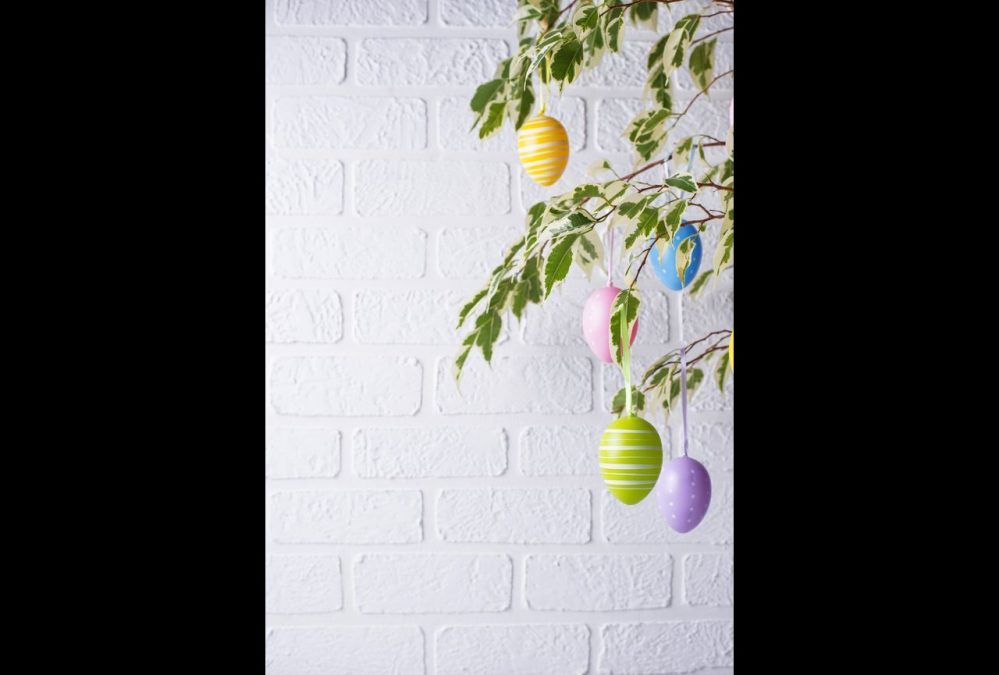Easter is a religious holiday that has taken some cultural premises through the globalization of the holiday around the world. These cultural premises came in various traditions formed throughout history by people who celebrated the holiday. Most of these traditions are still practiced today by the Swiss people during holiday celebrations. Here is everything you need to know about celebrating Easter in Switzerland.
Decorating Eggs 
Even though the commercialization of this holiday has made Easter traditions widely practiced throughout the world, the Swiss celebrated Easter long before globalism. Decorating eggs is one of the most common Easter traditions. Nowadays, industrial colors are used to decorate eggs, but the traditional Swiss way of doing that is using natural products such as onion skin for color and flowers and leaves to create different beautiful patterns which were supposed to represent the arrival of spring. Unlike some other traditions which have or have started to die out, this practice is still widely available.
Easter Egg Hunt
Another prevalent tradition still widely practiced is the easter egg hunt. This tradition includes parents hiding different types of sweets, chocolate bunnies, chocolate eggs, and small easter cakes all over their home on Easter Sunday morning for the children to wake up and hunt for the Easter treats. This tradition has become a very integral part of the Swiss easter traditions. Children are particularly fond of this tradition because of the Sweet rewards of the egg hunt.
Egg Smash
Apart from being an Easter tradition, egg smash is also an entertaining activity. This activity, known as” Eiertütschen,” involves a competition where the goal is to break the other person’s egg by smashing it with your egg without breaking your own. The activity can be done at home with other members of the family or in public, where a large number of people gather to egg-smash with each other. The tradition dates back to a long time ago and is still widely practiced today.
Chlefeli
Chlefeli is a musical instrument that is basically carved pieces of hardwood well polished and indented on one end. You are supposed to hold two or three of them between the fingers of one of your hands and make rhythmic noises by turning your wrist which makes the pieces of wood click against each other. This instrument is used on easter parades that the catholic church organizes. Since the instrument is not very popular throughout the year, it has come to be associated with Easter in particular.
Easter Monday Blue-Egg-Swim
The Easter Monday blue-egg-swim is a traditional Swiss Easter event held in lake Greifensee, in the canton of Zürich. During this event, people and families gather around the lake, organizing a feast with soup and other food while a smaller group of brave individuals brace the Swiss Alpine cold to dive into the lake to Swim 20 meters to the diving platform, get their easter egg and return it safely to the shore. The event is held every year.
Zwanzgerle
Similarly to egg-crash is the Zwanzgerle. This easter event takes place on Easter Monday when children gather in public with their decorated Easter eggs and challenge adults to break their Easter egg by throwing a fifty-cent coin to it. If the coin breaks the egg and gets stuck on it, the adult gets the egg, but if it fails to do so, the child claims the fifty-cent coin. Since the trick is quite tricky to pull off, the children get to make some money. The event is usually held in downtown centers of major cities too.
Making an Easter Tree 
You probably know about the Christmas tree, a widespread tradition across Europe, but have you heard about the Swiss Easter tree? This unique Swiss Easter tradition involves making a small vase tree out of real tree sprigs then putting decorated Easter eggs to hang from the sprigs. This tradition is known as Osterbaumli, and it also relates to celebrating the arrival of spring.
Weeping Women
Another unique but also unusual and intriguing Easter tradition takes place on the good Friday in the small town of Romont in the canton of Fribourg. This religious event is held after the Friday mass begins and the passion is read. When the way of the cross is mentioned, around 20 local women dressed in all black leave the church accompanied by a hooded man holding a large cross and another weeping woman symbolizing the Virgin. The group is followed by another group of priests, choirboys and the last in line is the Congregation.
The weeping women also carry several objects symbolizing the passion of Christ, such as the thorn crown, hammer, nails, and also a white cloth with the supposed face of christ printed on it. The whole ceremony is supposed to reenact the event of the ascension of Christ to Golgotha, where he was then crucified.
This tradition disappeared for some time but has now made a comeback and is a subject of interest to many tourists, photographers, and journalists who are now present during the ceremony in large numbers.
Decorated Fountains in Nyon
Another unique Easter tradition takes place in the city of Nyon in the canton of Vaud. The local population organizes a treasure hunt in which the city’s fountains are decorated, and a sign with a part of the word is hidden on it. If you go around the town to look at all fountains, you may discover the mystery sentence and win a prize from the local shops.
Bottom Line
Switzerland is home to many traditions relating to the Easter holiday. Apart from being a way through which the Swiss people celebrate Easter, these traditions have also become an integral part of Swiss culture and identity.
With some of these traditions fading away, the local population has started initiatives to help preserve them. Some of these traditions have also become tourist attractions and communal gatherings which enable people to come together, have a good time, and celebrate Easter. For all of these reasons, these traditions are important for the Swiss people and a not-to-miss opportunity for all foreign people visiting Switzerland during this time.

